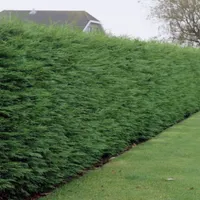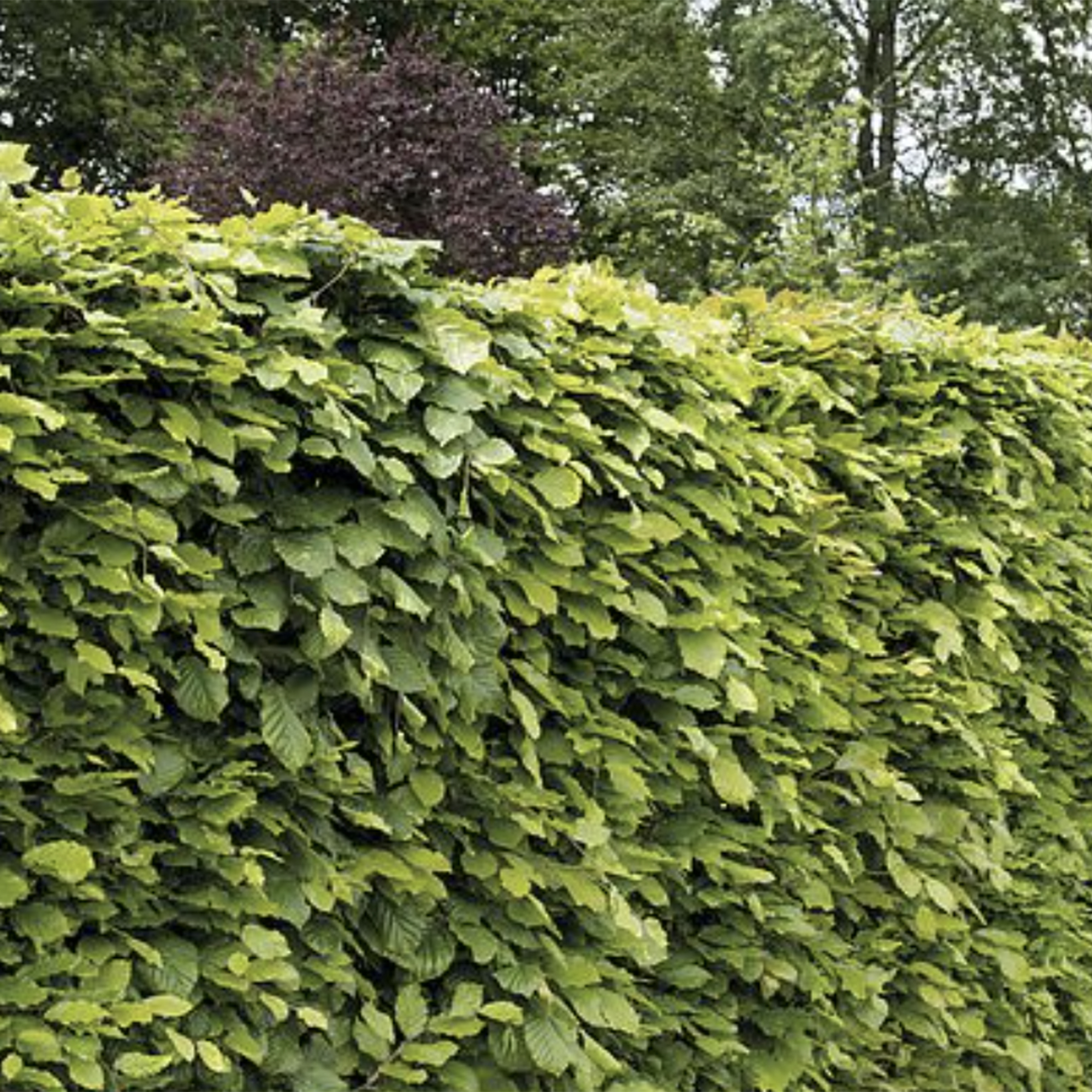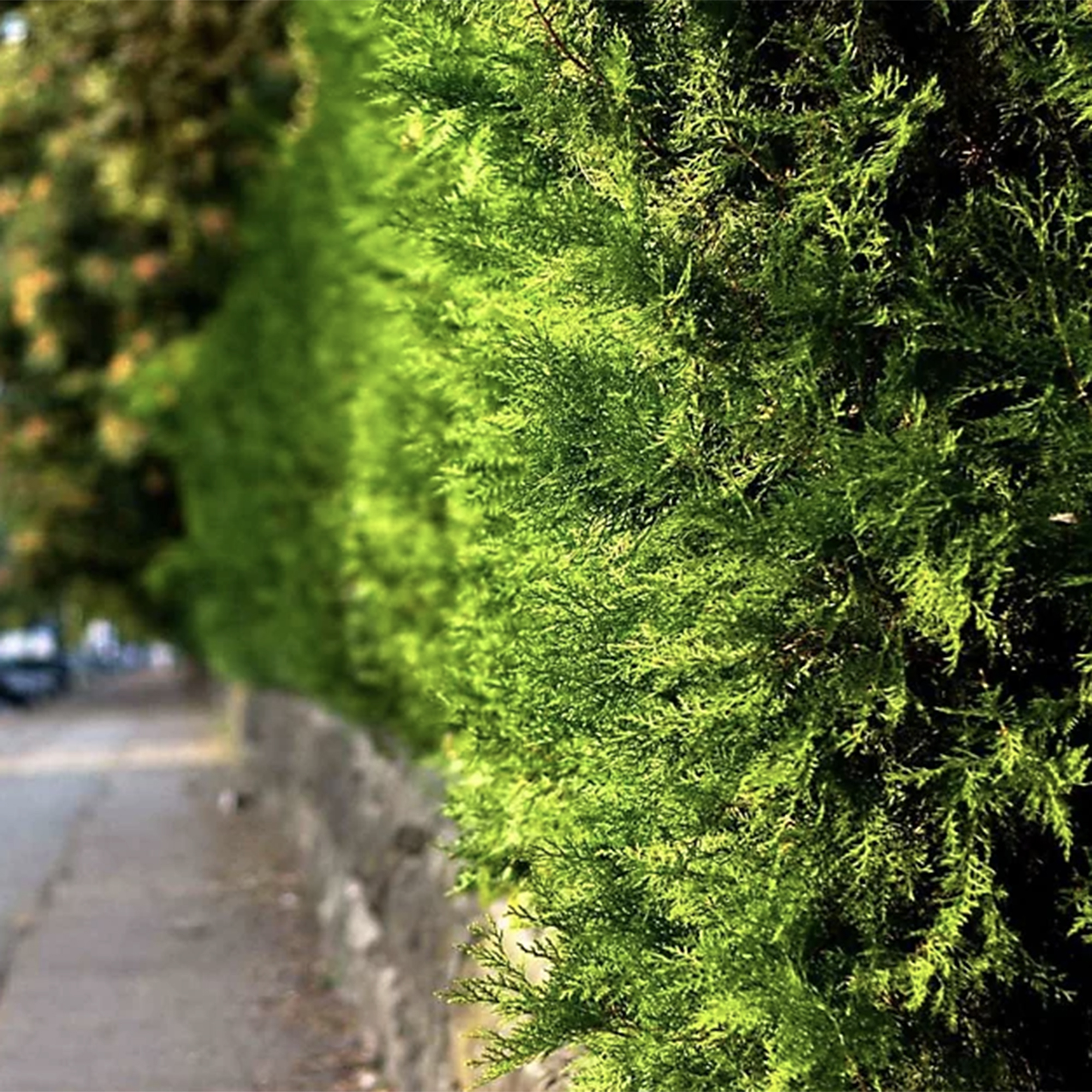Hedge specialist shares his top fast growing hedges for creating privacy
These expert picks will give lush green screening from neighbours in no time
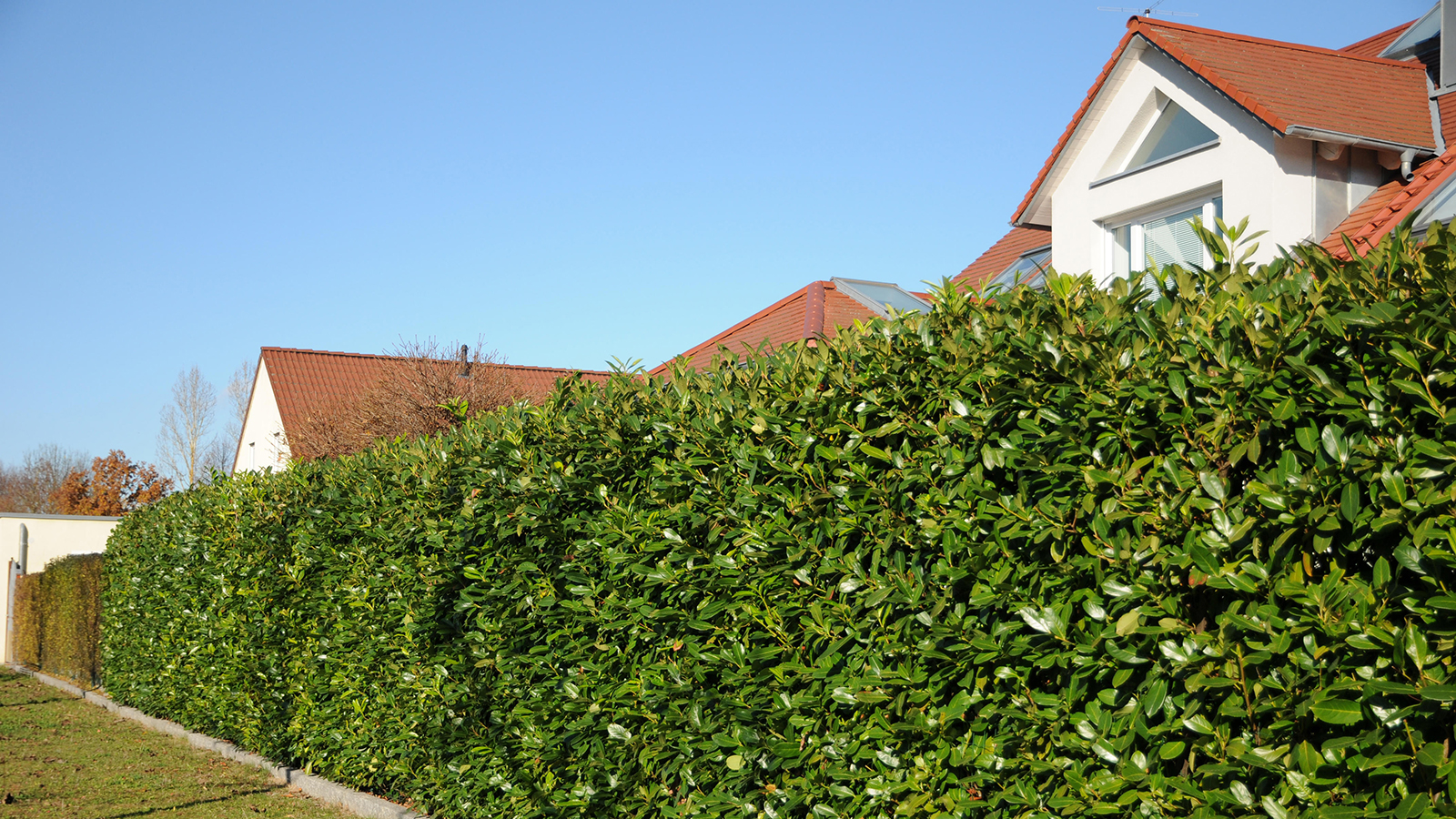
There are many reasons to consider fast growing hedges for your garden boundaries. For one, they are cheaper than a fence, and these choices will establish quickly, with some growing up to nearly a metre a year.
They won't need replacing every few years like fences, so provided you give them the right care they should be a lifetime investment. As an added bonus these options tend to be low-maintenance, minus the pruning.
"Although you might think that rapid growth would lead to more pruning and upkeep, fast-growing hedging can be surprisingly low maintenance even compared to garden fence ideas. Most varieties will only need pruning twice a year to keep them tidy," says Jamie Shipley, Managing Director at Hedges Direct.
5 of the best fast growing hedges for privacy
“When choosing between a fence or hedge, consider that fast growing hedges can be a time-effective and budget garden idea to create a boundary that reaches your desired height quickly. Whether you want privacy or to transform the look of your garden," says Jamie Shipley.
"Conifer and evergreen hedging plants like Cherry Laurel at Hedges Direct are a particularly popular choice for adding garden screening due to their dense foliage. Planting fast growing hedges is also a great for eco-friendly gardening as it provides food and shelter to birds," Jamie adds.

Jamie Shipley is currently a Managing Director at Hedges Direct Ltd - a position he has held since 2018 - and has a robust skill and extensive knowledge of the Horticulture and Landscaping industries.
1. Leylandii
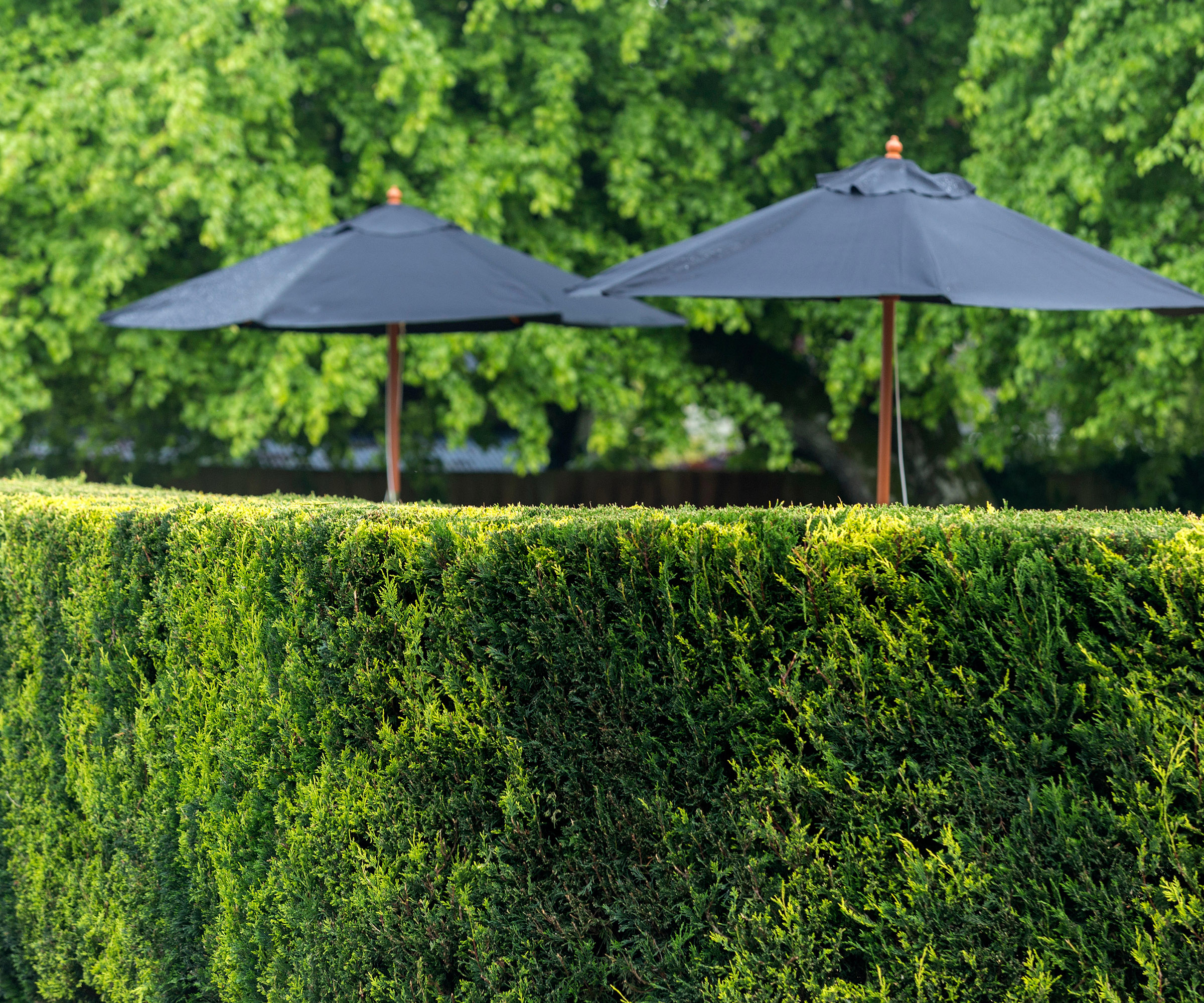
"This conifer is probably the fastest growing hedging shrub available with a growth rate of around 75-90cm a year," says Jamie Shipley.
"The citrus-scented foliage will add an attractive feature and calming aura to your garden, whilst improving your privacy and reducing noise pollution. A further advantage is that Leylandii is evergreen meaning these perks can be enjoyed year round," says Jamie.
Bring your dream home to life with expert advice, how to guides and design inspiration. Sign up for our newsletter and get two free tickets to a Homebuilding & Renovating Show near you.
A disadvantage to watch out for is that Leylandii can grow very tall and overshadow a space. "So it might not be the best option for a very small garden if you’re not prepared to cut it back on a regular basis."
"I recommend regular clipping of the foliage with a hedge trimmer during the midsummer and autumn to stimulate dense and healthy growth," says Jamie.
This is widely regarded as the fastest of the fast-growing hedge varieties. So much so that you need to prepared to cut it back on a regular basis.
2. Beech
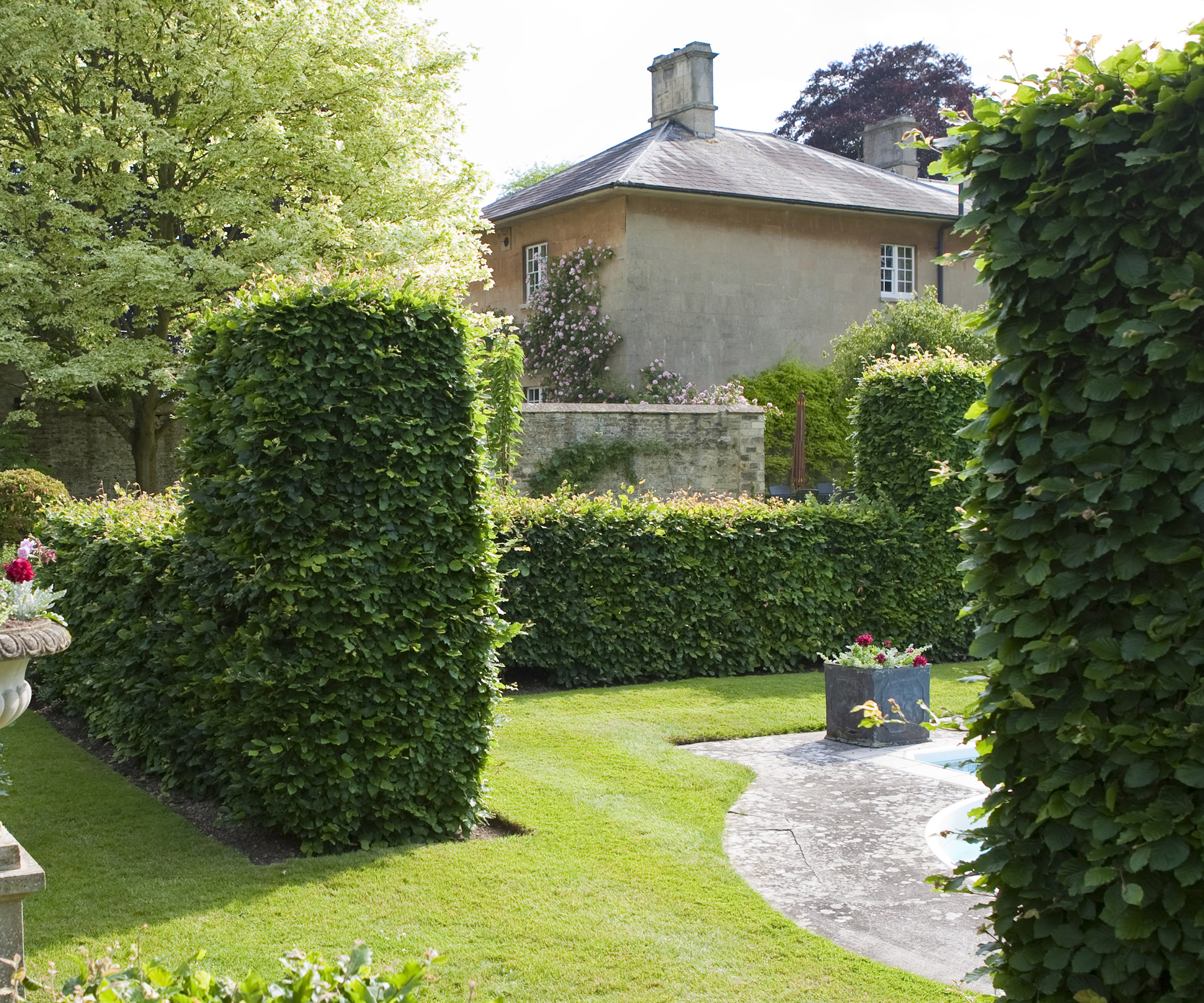
This is one of the most popular hedging varieties according to Jamie. Although it’s not evergreen the winter leaves will stay intact until the new growth is ready in spring.
"This makes it a great alternative to an evergreen hedge and you’ll get the added advantage of beautiful red and golden autumn foliage. It’s also a relatively fast grower - approximately 30-60cm per year and good for low maintenance gardens as it requires less pruning than the more rapid growers, like Leylandii," says Jamie.
"I recommend trimming beech hedging in the late summer or early autumn to encourage leaf coverage to remain into the winter," says Jamie.
Bear in mind that beech struggles to establish in heavy clay soils or waterlogged soil which is something to bear in mind if your garden has poor drainage.
Shop fast growing hedging
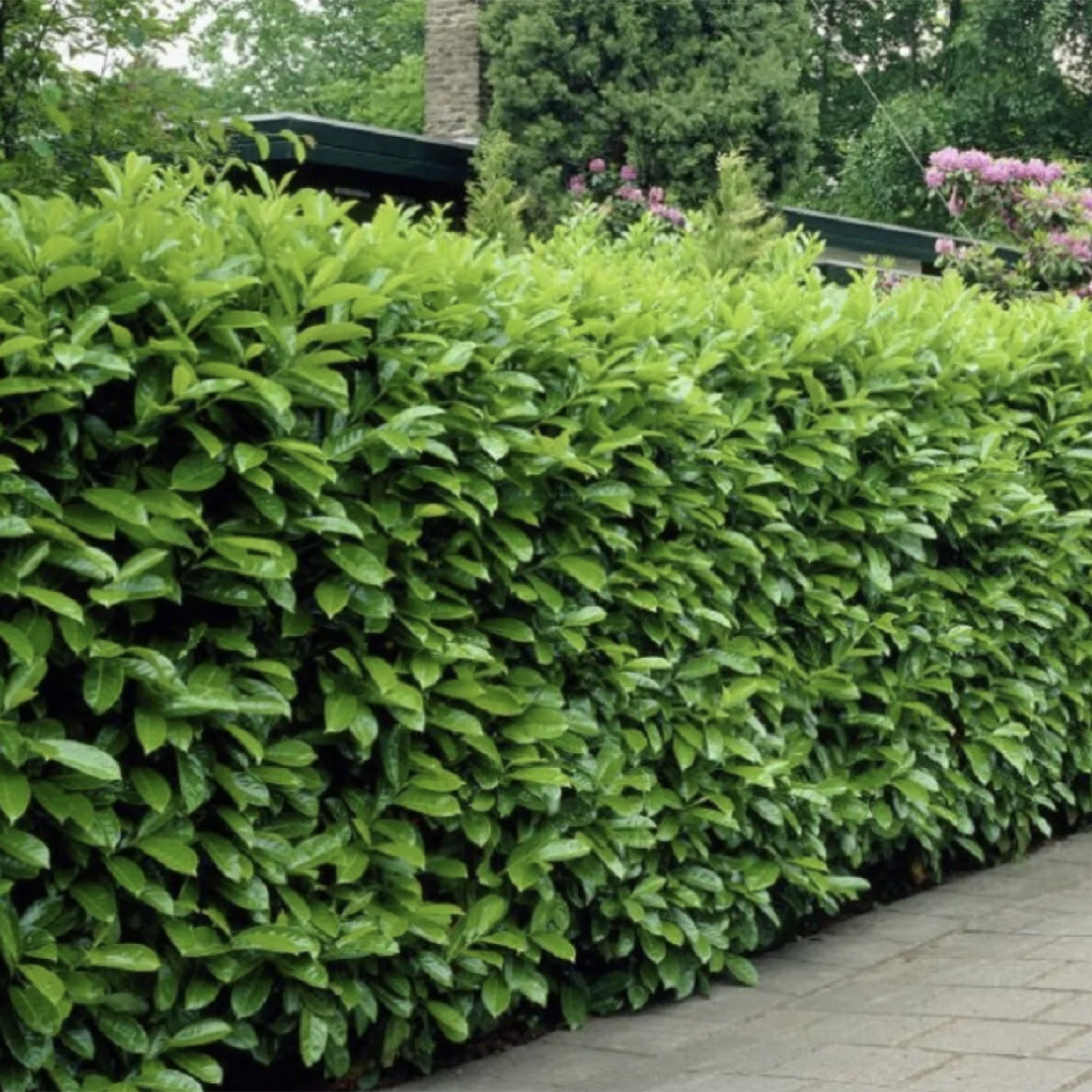
This variety can cope with full sun as well as deep shade and a it's a good low-maintenance alternative to leylandii. Remember that it has poisinous berries however, so avoid if you have pets or children.
3. Cherry Laurel
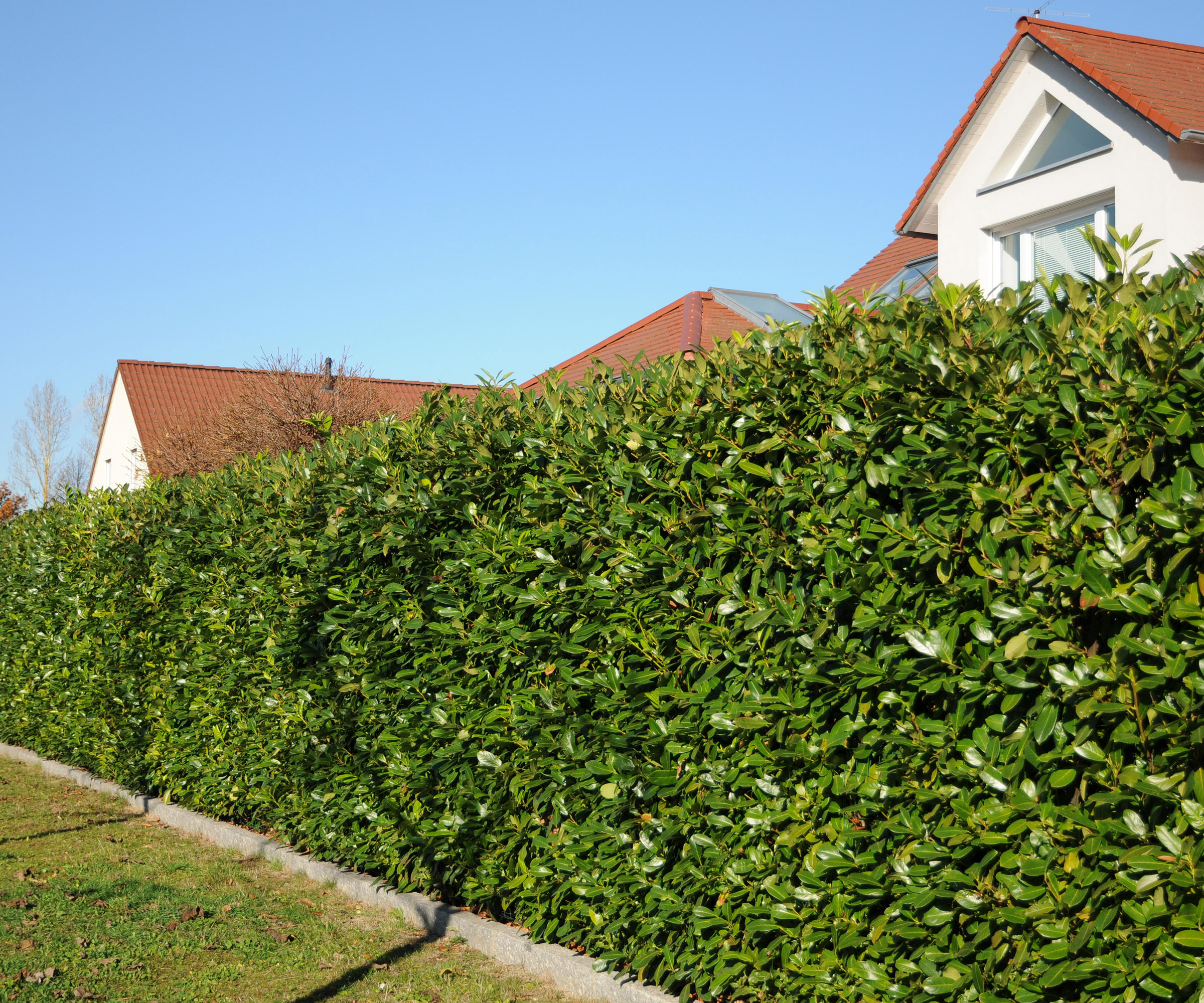
This is an evergreen shrub with dense glossy foliage, making it a great choice for a privacy hedge and to protect your garden against the elements.
"This is one of the most attractive hedging varieties as not only does it boast lush shiny leaves, but it produces white flowers in the spring and festive red berries in the winter. It also has a relatively fast growth rate of around 30-60cm per year," says Jamie.
"Cherry Laurel is a great choice for gardens with more difficult soil types and can perform well in normal to clay soil varieties - unlike Beech. However, I wouldn’t recommend using it in coastal locations or in alkaline soil."
"Also bear in mind that the root system can be extensive and invasive so it might not be the best choice for an area with limited space with lots of obstructions like pavements and buildings," warns Jamie.
Jamie also adds that Cherry Laurel berries and leaves are toxic if ingested so this might not be the best option for those with pets and children.
4. Western Red Cedar
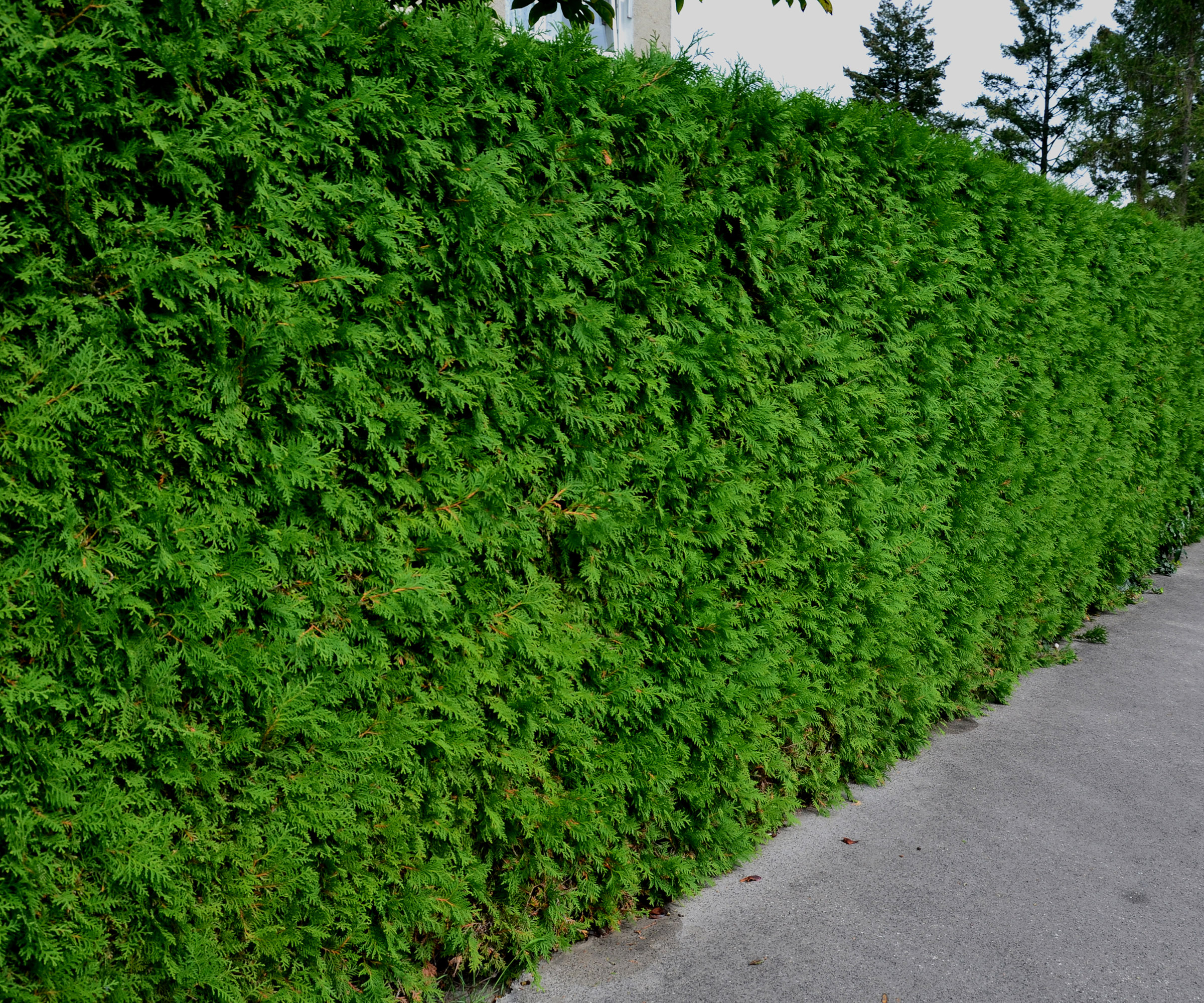
"This is a popular choice due to its ability to thrive in lots of different conditions, including normal, clay and chalk soils, full sun to semi shade, inland and exposed coastal areas," says Jamie.
"This evergreen conifer with its spear-shaped foliage makes a great alternative to Leylandii if your garden has a more challenging soil type and you want something with less upkeep - as it has a slightly slower growth rate of 40-60cm per year."
Plus points according to Jamie are its evergreen screen of dense foliage - which has an attractive pineapple-like scent. It has also been proven to be very effective at absorbing traffic pollution particles making it an ideal choice for an area with lots of cars.
"It’s also more resilient to pests and disease compared to some of the other varieties on this list," says Jamie.
5. Privet
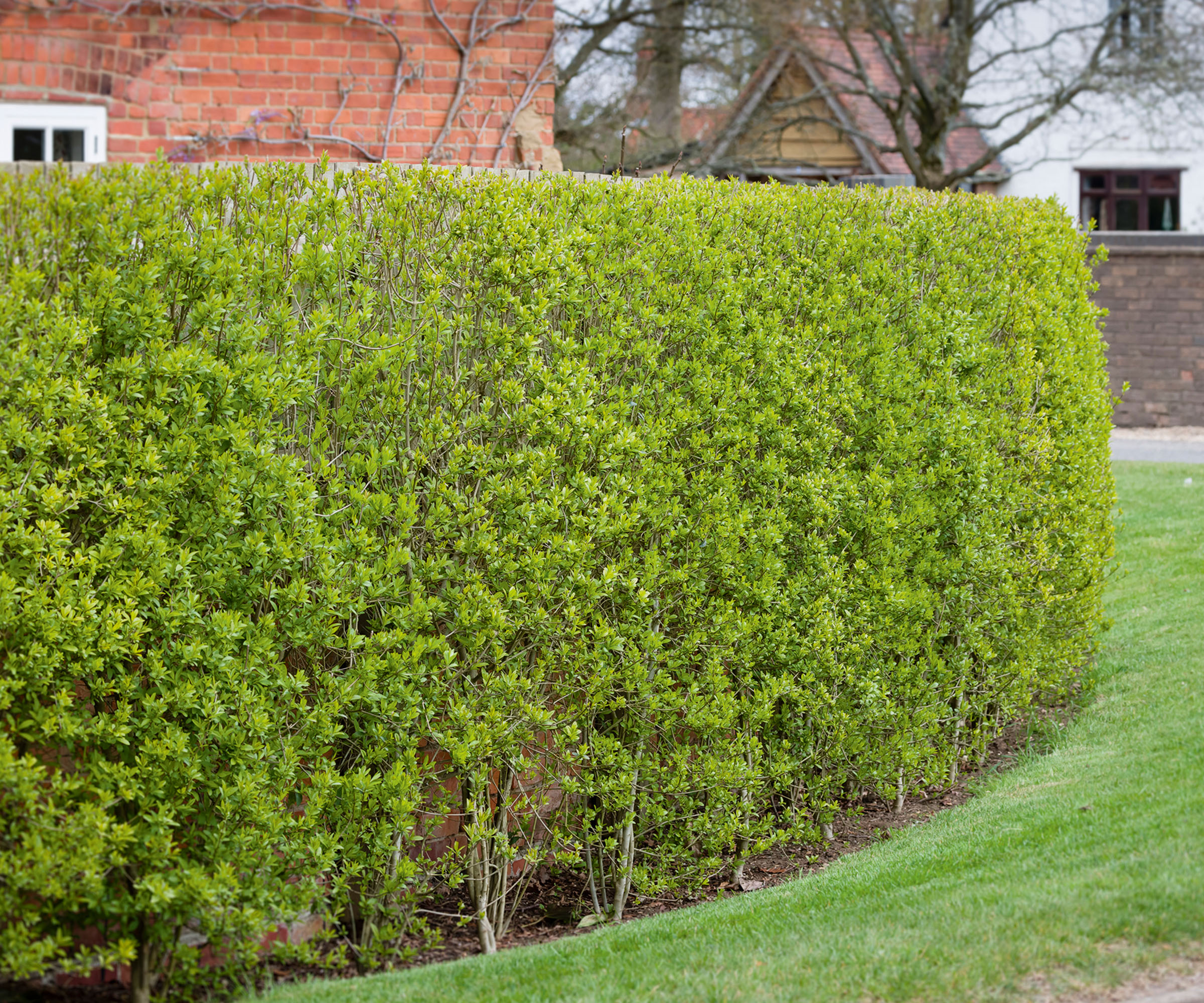
"This is a very popular evergreen shrub. I say evergreen but Privet hedges can actually lose some or all of their leaves - depending on how extreme the winter is so might not give you year-round privacy and protection," says Jamie.
Being easy to prune, it can be easily shaped into a formal hedge with sharpened hedge trimmers for a neat look, or into more interesting topiary shapes. Add to this the delicate white blooms in the summer which can attract bees and butterflies to your garden, privet can be a very attractive feature in your garden.
"The summer flowers might be something to bear in mind if you suffer from bad seasonal allergies however," says Jamie.
"Privet hedging is also popular due to its dense foliage that offers privacy and protects against pollution - making it perfect for urban or suburban gardens. But the downsides are that it’s a slower grower than some other varieties - around 30 cm per year and it won’t establish in particularly wet sites," he says.
FAQs
What is the fastest-growing hedge for privacy?
If you’re looking for fast growing hedges, Chris Bonnett, hedge expert at GardeningExpress recommends Cherry Laurel.
"Cherry Laurel can grow around 50cm a year so it’s economical for those looking for height. Overall Cherry Laurel can reach a height of up to 30ft," says Chris.
"Leylandii is another option that you may want to consider. However this one may not be everyone's cup of tea and compared to Laurel, it lacks interest," he says.

Chris Bonnett is the founder of online garden centre GardeningExpress and has been in the horticulture industry for over 20 years.
What is the best plant to block neighbours' views?
"Planting is a great way to secure some extra privacy in your garden and Bay Laurel hedges are the perfect option. This evergreen hedge means it retains its leaves all year round so you always have privacy," says Chris Bonnett, hedge expert at Gardening Express.
"It can reach around 23ft and is also quite dense. Perfect for creating that screen between yours and your neighbour's garden," says Chris.
In order to help you decide between a fence and a hedge, our guide to garden fence costs might help. It's important to factor in ongoing maintenance costs with fences for repairs and replacement panels, as well as the initial installation.

Teresa was part of a team that launched Easy Gardens in 2018 and worked as the Editor on this magazine. She has extensive experience writing and editing content on gardens and landscaping on brands such as Homes & Gardens, Country Homes & Interiors and Living Etc magazine. She has developed close working relationships with top landscape architects and leading industry experts, and has been exposed to an array of rich content and expertise.
In 2020 Teresa bought her first home. She and her partner worked alongside architects and builders to transform the downstairs area of her two bedroom Victorian house in north London into a usable space for her family. Along the way she learned the stresses, woes and joys of home renovation, and is now looking to her next project, landscaping the back garden.
